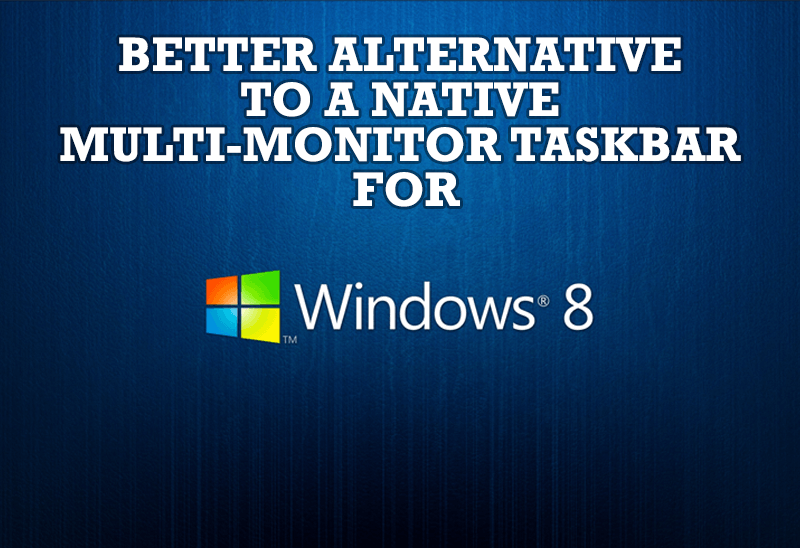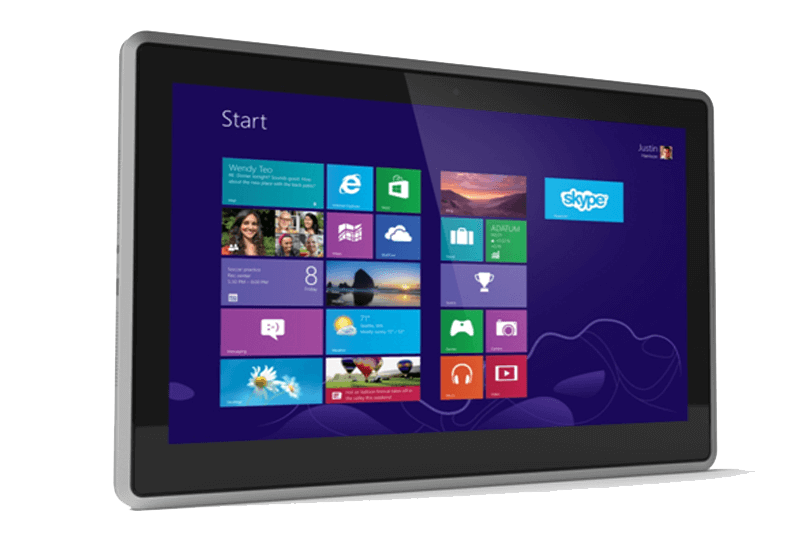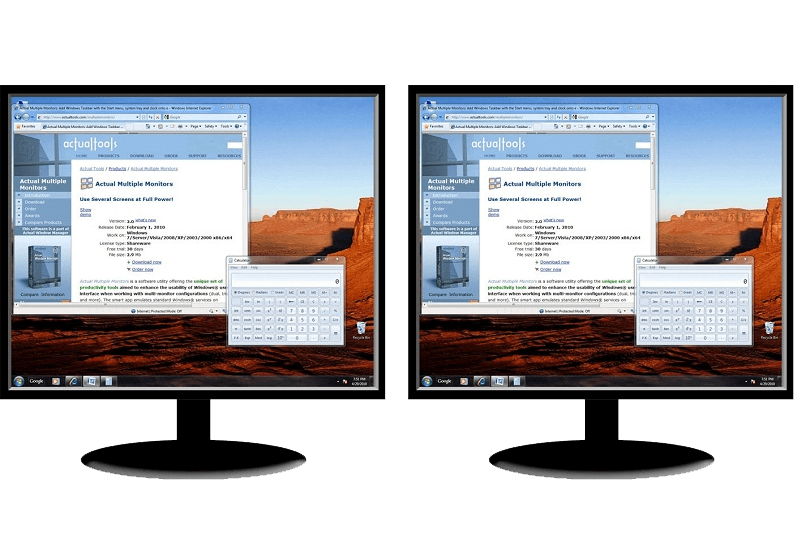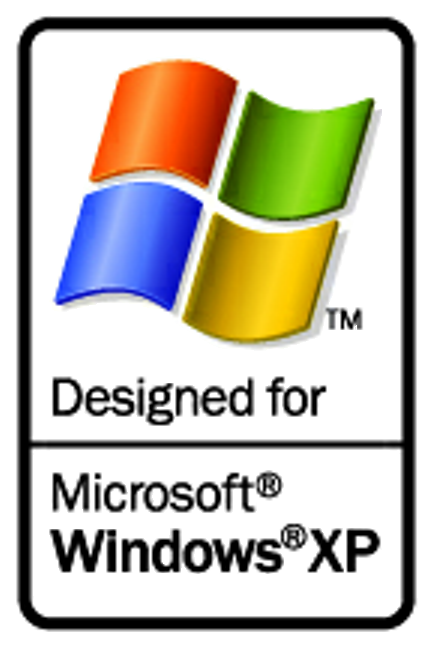Articles
How to Clone Primary Display to Multiple Monitors with the Help of Actual Multiple Monitors
1. Introduction
Many Windows users wonder how to clone the primary monitor to several additional displays, as the standard system facilities allow cloning the primary monitor to a single additional monitor only. But with the help of Actual Multiple Monitors you will be able to overcome this limitation easily.
2. How to Clone the Primary Display to Multiple Monitors
To get the primary monitor's picture cloned onto more than one secondary monitor, Actual Multiple Monitors offers the Desktop Mirroring feature with the support of hardware video acceleration. All you need is to configure this feature properly:
Open the configuration window of Actual Multiple Monitors and follow to its Mirroring panel.
Create a new mirror by clicking the Add Item button.
Set the source type of the created mirror to Monitor, and select your primary monitor in the "Source monitor" combo box below.
In the Mirroring Settings group, check the "Start automatically" option (to run the mirror as soon as Actual Multiple Monitors starts) and the "Run as full-screen on" option, then select the desired target monitor in the related combo box; also, make sure that the "Use hardware acceleration" option is checked (it should by default).
(optional) Specify a hotkey combination to start/stop this mirror manually as circumstances require.
Repeat the steps 2-5 for all other monitors to be used for displaying the primary monitor's picture, then save your changes by clicking the Apply button. If Actual Multiple Monitors is running at the moment then you will get the cloned primary monitor's picture on all those monitors; otherwise, run Actual Multiple Monitors.
As the cloned picture on all used monitors is just a common full-screen window, the mouse pointer can be moved there freely so leaving the primary monitor. To avoid this, lock the mouse pointer inside the primary monitor:
Open the configuration window and follow to its Mouse - Multiple Monitors panel.
Activate the Lock mouse in monitor option.
Apply changes, move the mouse pointer to the primary monitor, and press <Alt+P> (by default) to lock the mouse pointer within its boundaries.
As a result, you get a multi-monitor environment with a primary monitor cloned to an arbitrary number of secondary monitors (the actual number depends on your hardware capabilities).

3. Conclusion
Using the Desktop Mirroring feature in a way described above, you can clone any monitor to any other monitor, no matter how those monitors are actually connected.

Essential improvement of Microsoft Outlook!
Microsoft Outlook is the most famous e-mail client all over the world and millions of people use it every day at home and in their offices. But despite of these facts we can improve our Microsoft Outlook!

Enhance your Incredimail letters with Actual Title Buttons
IncrediMail is an advanced, feature-rich email program and by using our Actual Title Buttons program you can make Incredimail an even more premium experience by adding a whole bag full of delightful new features to it!

Desired Software for the Mouse on Multi-Monitor PC
Actual Multiple Monitors offers many useful features for the mouse on multiple monitors PC.

Actual Window Manager and transparent spreadsheets
Actual Window Manager can be used to solve many problems and is really multifunctional, but recently we have received a letter from one of our users with the certain problem. So, here it is: working with Microsoft Excel worksheets he wants to put an image under the spreadsheet list and make a picture of the screen.

Windows 8: Better Alternative to a Native Multi-Monitor Taskbar
Comparison of Windows 8 native multi-monitor taskbar with the alternative provided by Actual Multiple Monitors.

Improve your Tablet PC software with Actual Window Manager
Actual Window Manager can increase Tablet PC productivity and consequently increase yours!

How to save your data from unexpected loss
Internet Explorer, Outlook Express, MSDN, Windows Media Player, Windows Explorer and Windows Messenger conversation programs won't help you restore the necessary material. What to do? - You ask. We answer - use our Actual Window Guard program.

How to Creare a Desktop Profile for Multiple Monitor Desktop
Learn how to create a desktop profile for multiple monitor desktop for quick switching between settings.

Minimize to tray: Minimize to the system tray any program you want!
How to minimize any program to the tray!

How to Clone Primary Display to Multiple Monitors with the Help of Actual Multiple Monitors
The multi-monitor cloning issue is finally resolved: Actual Multiple Monitors lets you clone a primary display to an arbitrary number of secondary monitors.








